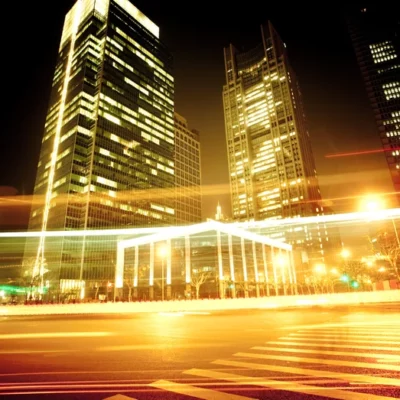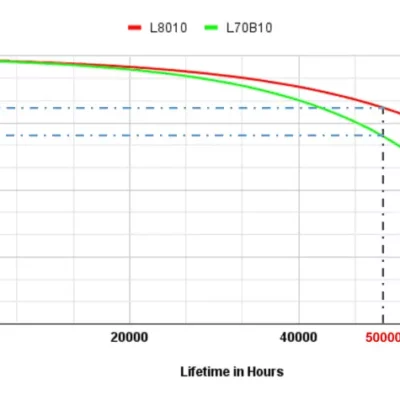Introduction:
The journey of LED lighting from its humble beginnings to its current state of innovation and ubiquity is a testament to human ingenuity and the pursuit of energy-efficient lighting solutions. In this blog post, we embark on a chronological exploration of the evolution of LED lighting technology, tracing its origins, milestones, and the diverse range of applications it has come to revolutionize in modern times.
Early Days: The Birth of a Bright Idea:
The history of LED lighting dates back to the early 20th century when scientists first observed electroluminescence in certain semiconductor materials. However, it wasn’t until the 1960s that practical applications began to emerge. The initial LED devices emitted low-intensity red light and were primarily used as indicator lights on electronic devices.
Breaking Through Barriers: Advancements in Color and Efficiency:
Throughout the 1970s and 1980s, researchers made significant strides in expanding LED capabilities. The development of new semiconductor materials led to the creation of LEDs capable of emitting green and yellow light. However, challenges remained in achieving high-brightness and efficient LEDs suitable for general lighting purposes.
The Blue LED Breakthrough: A Turning Point:
A pivotal moment in LED history occurred in the 1990s when the blue LED was successfully developed. This seemingly simple achievement was transformative—it enabled the creation of white light by combining blue LEDs with phosphors. This breakthrough opened the door to a wide range of applications beyond indicators and displays.
LEDs Light the Way: The Road to Energy Efficiency:
The 21st century brought a rapid evolution in LED lighting technology. LEDs demonstrated remarkable energy efficiency, lasting significantly longer than traditional incandescent bulbs and consuming far less electricity. This newfound efficiency drew attention to LED lighting’s potential to revolutionize energy consumption on a global scale.
Modern-Day Applications: Illuminating Every Corner:
From household lighting and automotive headlights to streetlights and commercial spaces, LED lighting has become an integral part of our lives. LED’s flexibility in color, intensity, and design has enabled architects, interior designers, and artists to explore creative lighting solutions that were once unthinkable.
Sustainability and Environmental Impact: A Green Lighting Revolution:
The shift to LED lighting has not only saved energy but also contributed to reduced carbon emissions and landfill waste. The longer lifespan of LEDs translates to fewer replacements, and their mercury-free composition minimizes hazardous waste disposal concerns.
Beyond Illumination: LEDs as Tools of Innovation:
LED technology is continually pushing boundaries. Beyond illumination, LEDs are now used for data communication (Li-Fi), horticultural lighting for indoor agriculture, and even medical applications such as phototherapy. Miniaturization and the integration of smart technology have expanded LED’s potential even further.
The Path Ahead: Innovations on the Horizon:
As LED technology continues to evolve, researchers are exploring ways to enhance efficiency, color quality, and design flexibility. The integration of LEDs with Internet of Things (IoT) devices promises a future where lighting becomes an interactive and adaptive element in our daily lives.
Conclusion: A Shining Legacy of Progress:
From its modest beginnings as indicator lights to its current status as a driving force behind energy-efficient illumination, the evolution of LED lighting is a remarkable journey of innovation. As we embrace LED lighting’s versatility and potential, we illuminate a future where efficient, sustainable, and creatively illuminated spaces are not just a possibility, but a reality shaping the world around us.



